Airline Cost Categorization
advertisement
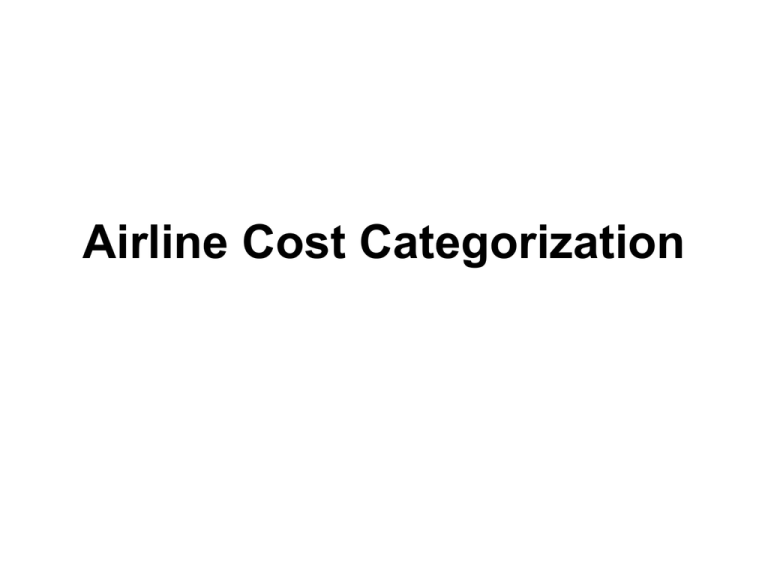
Airline Cost Categorization Administrative vs. Functional Cost Categories • One approach to airline cost categorization makes use of “administrative cost categories,” which are typical of financial accounting statements used in many industries. Administrative cost categories include separate reporting of the following: – Salaries and related fringe benefits for all personnel, including general management, flight personnel, maintenance labor, aircraft & traffic handling personnel, other personnel. – Materials purchased, e.g., aircraft fuel & oil, maintenance materials, passenger food, other materials. Administrative vs. Functional Cost Categories – Services purchased, such as advertising & promotions, communications, insurance, outside maintenance, commissions, other services. – Additional categories for landing fees, rentals (including aircraft), depreciation (including aircraft), other expenses. Administrative vs. Functional Cost Categories • Administrative cost categorization is typical of financial statements, as it reports funds expended for labor (salaries), materials and services used as inputs for the “production” of the airline’s output. administrative categorization of airline costs, Functional cost categories • An alternative approach to the categorization of airline operating costs is to define “functional” cost categories, in a way that allocates costs to different functions within the airline’s operation. • Specifically, the three major functional cost categories for airlines are; – flight operating costs, – ground operating costs and – system operating costs. Functional cost categories “Flight operating costs” • “Flight operating costs” include all expenses associated with operating aircraft, and are also referred to as “direct operating costs” (DOC) or “aircraft operating costs.” Functional cost categories “Flight operating costs” • Flight operating costs represent the largest proportion of an airline’s operating expenses (typically and are usually allocated against the number of block hours operated by the airline’s fleet. Functional cost categories “Flight operating costs” • the following cost items contribute to flight operating costs: – Flying operations: This function consists of “expenses incurred directly in the in-flight operation of aircraft”, including all costs associated with flight crew and fuel costs. Functional cost categories “Flight operating costs” – Maintenance: Maintenance expenses are “all expenses, both direct and indirect, specifically identifiable with the repair and upkeep” of aircraft and equipment. This element includes both routine maintenance and more extensive major checks, with costs driven in large part by extensive use of labor and the consumption of spare parts. Functional cost categories “Flight operating costs” – Depreciation & amortization:This function spreads the capital cost of the airline’s assets – specifically, aircraft – over their expected lifetime. Functional cost categories “Ground operating costs” • “Ground operating costs” are incurred at the airport stations in handling passengers, cargo and aircraft or by the airline in making reservations and ticket sales, and are directly incurred in providing transportation services to the customer. Functional cost categories “Ground operating costs” • The three major components of ground operating costs are: – Aircraft servicing costs incurred in handling aircraft on the ground, including landing fees. – Traffic servicing costs of processing passengers, baggage and cargo at airports. – Promotion and sales costs associated with airline reservations centers and ticket offices, including travel agency commissions and distribution system fees. Functional cost categories “System operating costs” • “System operating costs” are the indirect operating costs remaining after ground operating costs are accounted for. Functional cost categories “System operating costs” • They are not directly associated with supplying the transportation service, but are more of a corporate overhead expense. • For example, advertising costs are those spent to increase system revenues, while on-board passenger service expensesinclude food, entertainment and cabin crew costs. Functional cost categories “System operating costs” • The major components of system operating costs can be summarized as follows: – Passenger service costs, including meals, flight attendants and in-flight services. – Advertising and publicity expenses. – General and administrative expenses that are truly general to the airline or those that cannot be associated to a particular activity. – Transport-related expense items are costs associated with “the generation of transport related revenues”. They include fees paid to regional airline partners for providing regional air service, extra baggage expenses and other miscellaneous overheads. Functional cost categories The ICAO cost categories The ICAO cost categories Low cost airlines • NLCs (“network legacy carriers”) are typically more traditional airlines that operate large hub-and-spoke networks consisting of regional, domestic and international services. LCCs (“low-cost carriers”), on the other hand, tend to operate smaller networks that tend to include a higher proportion of “point-to-point” or non-hub services – although many LCCs around the world operate networks that include “focus cities” as connecting points for passengers. LCCs typically offer reduced levels of service and low fares, although the wide range of LCC characteristics makes it difficult to identify a single representative LCC “business model.” The LCC “Business Model” characteristics and operating strategies • Use of a single aircraft type or interchangeable family of aircraft. “fleet commonality” reduces the costs of spare parts, maintenance and crew training • Operation of “point-to-point” instead of connecting hub networks: focusing on non-stop flights serving only local passengers flying from point A to point B reduces costs associated with the handling of connecting passengers, and improves the productivity of both aircraft and crews. • No labor unions and lower wage rates for employees: keeping their employees non-unionized allows LCCs to pay lower salaries and achieve higher productivity due to less restrictive work rules. The LCC “Business Model” characteristics and operating strategies • Single cabin service, with no premium classes offered: given that LCCs focus on very low fares aimed at price-sensitive leisure travelers, multiple product offerings would both increase complexity and costs. • No seat assignments: open seating means less time spent on processing passengers at the airport and no need to print boarding passes, again improving productivity and reducing costs. • Reduced “frills” and seating space on board: elimination of food and beverages reduces passenger service costs, while reduced seating space increases the ASK produced by each flight, in turn lowering its unit costs. The LCC “Business Model” characteristics and operating strategies • No frequent-flyer loyalty programs: such programs incur administrative costs that can be avoided. • Avoid use of traditional distribution channels: travel agencies still receive commission fees in many countries, and make use of computer reservations systems called “global distribution systems (GDS)”. GDS charge fees for booking ands ticketing, which can be avoided if the LCC limits its passengers to making reservations and buying tickets directly from the airline, either on its website or by telephone. The LCC “Business Model” characteristics and operating strategies • Southwest Airlines (USA) is the oldest, most successful and most studied LCC in the world. Many believe that it still maintains all of the typical LCC characteristics. Southwest does indeed operate a single aircraft family (Boeing 737), offers a single cabin service and no seat assignments. On the other hand, Southwest does offer complimentary snacks and beverages, its aircraft have leather seats with legroom similar to that of legacy carriers. While the airline’s network is not a classical hub structure, it has many The LCC “Business Model” characteristics and operating strategies • “focus cities” at which a large proportion of its passengers make connections. And, perhaps most surprisingly, Southwest is the most heavily unionized airline in the USA; its employees’ salaries are very similar to those paid by US legacy carriers The LCC “Business Model” characteristics and operating strategies • JetBlue (USA) was launched in 2000, and has grown very rapidly ever since. While a successful LCC, it has even fewer of the typical LCC characteristics than Southwest. Unlike Southwest, it has avoided employee unionization to date, making it more “typical” in this respect. On the other hand, JetBlue operates two very different aircraft types (the Airbus 320 and Embraer 190), and its focus on flights to and from its home base at JFK Airport in New York has given it a natural connecting hub there. JetBlue also offers advance seat assignments to all passengers, on-board service (and live television) that is perceived by consumers to be superior to that of legacy airlines, a frequent-flyer program, and in 2007 made its flights available through traditional distribution channels (GDS). The LCC “Business Model” characteristics and operating strategies • The third largest US LCC is AirTran and, as shown in Figure 5.6, it has none of thetypical characteristics shown, but it is a successful and low-cost operator. Some ofAirTran’s employees are unionized, and the airline operates a traditional connectinghub at Atlanta. It is the only LCC shown that also offers a business-class product withmore seating space and enhanced on-board passenger service. The LCC “Business Model” characteristics and operating strategies • One of the largest European LCCs is easyJet (UK), based at Luton Airport outside ofLondon. This airline has more of the typical LCC characteristics than any of the NorthAmerican LCCs discussed above. However, some of its employee groups are unionized(e.g., pilots) and it now operates two different aircraft families, the Boeing 737 and Airbus 319 types. The LCC “Business Model” characteristics and operating strategies • The other large European LCC is Ryanair (Ireland), and it is the only airline in thiscomparison that has all of the “typical” characteristics of an LCC business model.Ryanair has indeed been both profitable and successful, and it remains the largest (butonly one of a few) LCCs that meet all six of the criteria The LCC “Business Model” characteristics and operating strategies

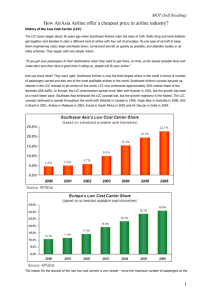
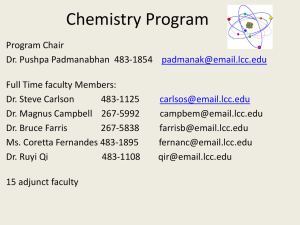



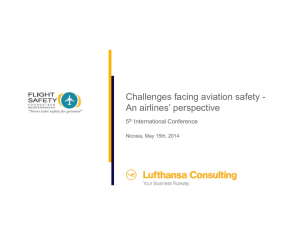


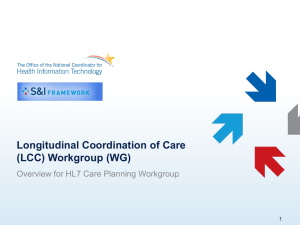
![*************j*** ********** **************\4**]4**^4**_4**`4**a4**b4](http://s3.studylib.net/store/data/009706542_1-d7042685ff670909cf863581c146ae5a-300x300.png)
